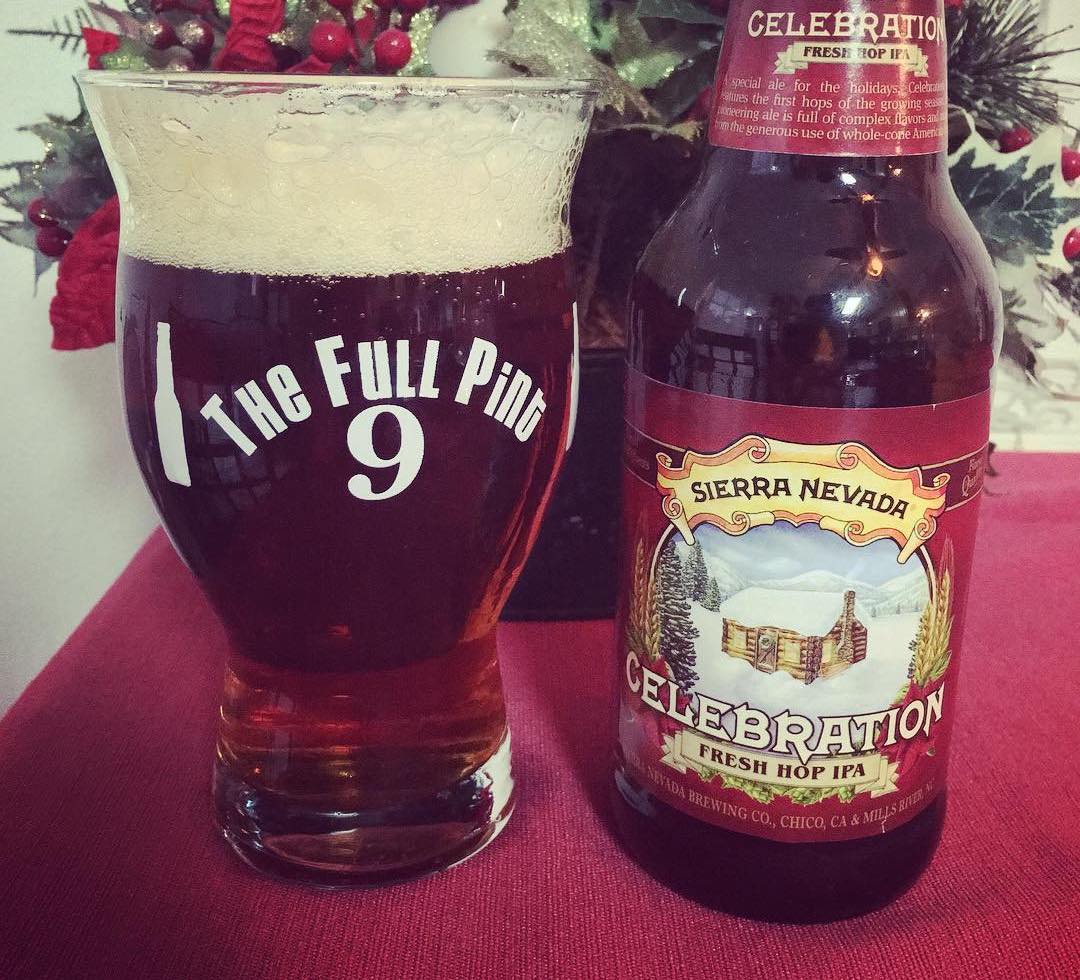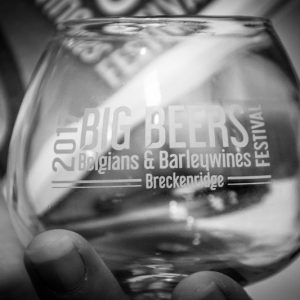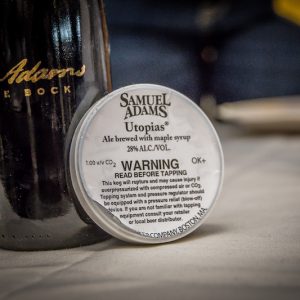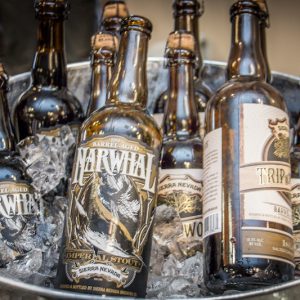Bellingham, Washington is in a league of it’s own when it comes to natural beauty, ample outdoor activities, and most importantly, insanely good beer. The small coastal city of roughly 90,000 people is less than a two-hour drive from Seattle. Located a stones throw from the Canadian border, this picturesque, easy-going city boasts 15 road trip-worthy breweries where hoards of medals and awards serve as the the standard wall decor and bold Pacific Northwest flavors run rampant. Although the city is spread out along the scenic Bellingham Bay, the craft beer scene in this beer-centric community is pretty condensed, and easy to explore without renting a vehicle. From breweries setting the bar for traditional Pilsners, to one of the coolest little family-run farm breweries you’ll ever visit, check out these tips for beercationing in Bellingham this year.
Where to Drink:
I don’t know about you, but after a long day of summertime travel, the first place I seek out in a new city is a highly-recommended craft brewery with a cozy patio, and Wander Brewing Company has one of the best patios in town. Centrally located in a historic building in downtown Bellingham, Wander recently picked up the 2018 Washington Large Brewery of the Year award for their creative and expertly balanced line-up of barrel-aged beers, along with the brewery’s interesting and award-winning standard brews like the highly decorated Correspondent Foreign Extra Stout and the easy-drinking Uncommon California Common, which is made with an in-house Bavarian Lager yeast strain and a nice dose of Belgian Abbey malt. When the hunger pains start to roll in, head to Aslan Brewing Company. The popular brewery has two locations, both along the same street. At the Aslan Brewpub, you’ll find a sleek restaurant interior and bar with a lovely earthy vibe that weaves its way through the greenery that brings the clean, sleek decor to life, to the health-conscious menu. The all-organic, sustainably-minded brewery is serving up everything from refreshing lagers to bold hop-forward beers made with hops sourced in the Pacific Northwest — all of which pair exceptionally well with the hearty Bison Burger or one of the many lighter fare options on the dining menu. Take a short gander down the artsy streets of downtown Bellingham and you’ll find Aslan Depot — home of the brewery’s barrel aging and blending program. The spacious room is a throwback to classic speakeasies and an era when booze and handcrafted beverages were treated as a true art form. If I could, I would live at the Aslan Depot. Every single beer on this menu, from the numerous saisons and farmhouse-inspired ales to an IPA aged in a french oak Foeder, deserve a try at this Bellingham brewery. Also located in downtown Bellingham and worth the trip is Structures Brewing — but be forewarned: the massive amounts of hops and big flavors on the menu at the brewery will annihilate your palate in the best way. This brewery has IPAs for days, many of which are odes to the region’s thriving hop growing scene. You can’t go wrong at Structures, but if hoppy beers are your jam, a stop at this brewery should definitely be on your list. Also in the downtown area, you’ll find Menace Brewing, a small, but homey neighborhood watering hole with some pretty epic artwork of George Costanza and a menu filled with regionally-inspired beers. Menace is located just across the street from Melvin Brewing’s Bellingham brewpub as well as a short drive from Boundary Bay — the city’s oldest craft brewery which dates back to 1995. Venture out to the Sunnyland neighborhood and you’ll find Kulshan Brewing Company — a brewery with a cult-like following in the area, and one of the most laid-back and chill vibes and some of the best lagers in the city. If you’re looking for an easy-drinking sessionable beer, order up the Premium Lager, or better yet, the ridiculously clean, crisp German-Style Pilsner. But if you truly appreciate lagers that are expertly brewed and true to style, then Chuckanut Brewery is an absolute must-visit. If you only have time to visit one brewery while you’re in town, this brewery is it. Chuckanut’s well-traveled, longtime owners, Will and Mari Kemper are pioneers in craft beer, and two of the most welcoming, knowledgable members of the craft beer community. The brewery has an entire section of their website dedicated to awards, and rightfully so. Just recently, Chuckanut picked up two gold medals at the 2018 World Beer Cup — one for their beyond outstanding Bohemian Pils Lager and another for their Kölsch. The beautiful and insanely clear Helles Lager is also worth ordering a pint of at this Bellingham institution, where you’ll also find filling pub food and really some of the best views of Bellingham Bay. And while it’s not the easiest brewery to get to on this list, the charming and colorful grounds of the family-run Atwood Alesare worth the Lyft fare to experience for yourself. Located on an idyllic family farm roughly 30 minutes outside of downtown Bellingham, Atwood Ales is the story of generations, and beer centered around flavors found around the farm. Ever tried a tart, but refreshing saison made with stinging nettle? I have at Atwood Ales, and it was one of the best beers of I’ve had the pleasure of enjoying all year. The small but thoughtful brewery is also well-known in the area for their Dark Harbor Oyster Stout — a rich, but not-too-heavy stout that gets it’s subtle, slightly tangy flavor by adding entire oysters from the nearby Drayton Harbor Oyster Company into the kettle. Atwood isn’t open to the public on a regular basis, but check their website for public hours or special events that will allow you the opportunity to see this beautiful farm brewery for yourself.
Where to Stay:
The beauty of Bellingham’s low key vibe is that you won’t have to pay an arm and a leg to visit. On the outskirts of downtown, a short walk from both Menace Brewing and Melvin’s brewpub, is the Heliotrope Hotel — a revamped 1950s hotel complete with basic amenities, modern decor, and room rates that often fall under $100 per night. If you’re looking to explore Bellingham’s quaint Fairhaven historic district, and imbibe in beer by the neighborhood’s resident brewery, Stone’s Throw, whose outdoor patios and multiple outdoor fire pits serve as excellent places to end the night, check out the Fairhaven Village Inn. The historic property is super comfortable, situated in the middle of the town’s charming shopping and restaurant district and includes spacious rooms and a solid breakfast spread in the morning. If you’re planning on Amtrak-ing it to and from Bellingham, this hotel is also located just a short walk from the Bellingham train station.
How to Get There:
By train, plane, bus or automobile! I’ve found myself in Bellingham after traveling on all four modes of transportation — each one complete with stunning countryside and shoreline views that on a clear day, often include views of a snow-capped Mount Baker in all of its glory. Bellingham does have an airport, which is easy to get to and from downtown after a short Uber or Lyft ride. For those road-tripping from Seattle, the road to Bellingham is paved with scenic fields, coastal views and rolling mountains. The drive is incredibly relaxing and worth braving the heavy traffic you’ll inevitably run into as you make your way out of downtown Seattle. If you’re looking to leave the driving to someone else, catch an Amtrak-run bus or train that routinely run from Seattle to Bellingham and back every day. Catch the bus at King Station in Seattle and hop off at the Fairhaven Station, which is about a 10 minute ride into downtown Bellingham.























